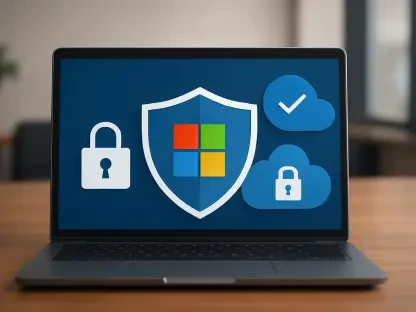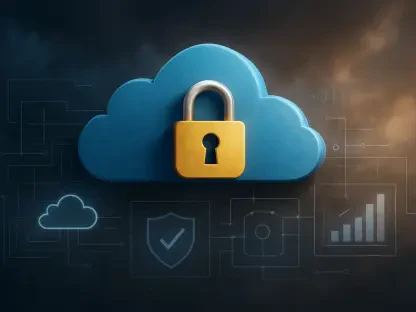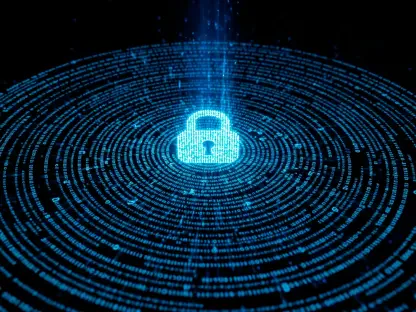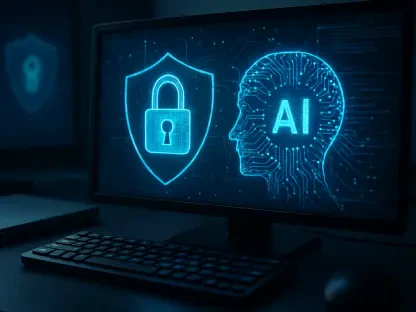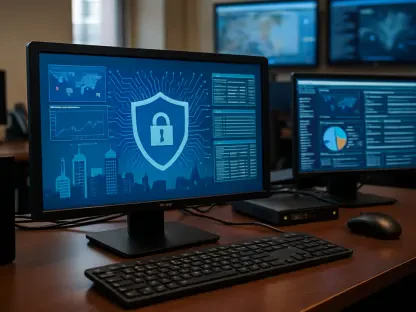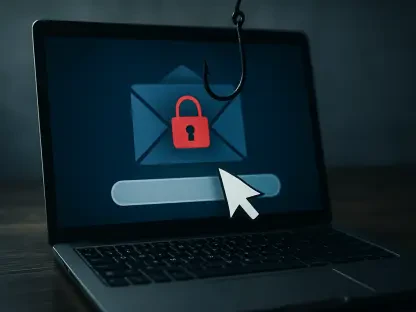The Department of Homeland Security’s (DHS) termination of a significant cybersecurity contract, originally designated for Leidos and disputed by Nightwing, signifies a notable shift in government procurement dynamics. It’s essential to analyze this development’s implications for current market trends and forecasts within the cybersecurity domain. Adjustments in DHS’s cybersecurity strategies may suggest wider alterations in public sector priorities, offering valuable insights into the future of government cybersecurity initiatives.
Market Insights into Government Cybersecurity Procurement
To fully comprehend the implications of DHS’s contract cancellation, it’s vital to trace the evolution of its cybersecurity contract processes. The terminated agreement, known as the Agile Cybersecurity Technical Solutions (ACTS) contract, aimed to enhance the Cybersecurity and Infrastructure Security Agency’s (CISA) capabilities. Its cessation reflects new priorities shaping the public sector’s approach to cybersecurity, potentially prompting a reconsideration of historical contracting strategies in this domain.
Procedural Risks and Fairness in Contract Awards
Nightwing’s objections against the contract awarded to Leidos reveal potential procedural risks in government bidding processes. Allegations of unfair practices, including insider information creating an uneven playing field, highlight the need for more transparent processes. Despite Nightwing’s contentions, DHS’s decision to cancel the contract underscores changing requirements, independent of protest, suggesting that government cybersecurity procurement is experiencing a transformation shaped by emerging threats and organizational goals.
Evolving Technology Needs and Cybersecurity Demands
Analyzing this case emphasizes the ever-changing nature of government cybersecurity requirements amid advancing cyber threats. The void left by the ACTS contract cancellation reflects a broader need for government agencies to adapt strategies and ensure resilience against increasingly sophisticated cyber adversaries. This evolving landscape indicates a growing emphasis on agile, forward-thinking solutions that prioritize innovation over traditional methodologies in meeting the government’s cybersecurity demands.
Industry Standards and Marketplace Misconceptions
Industry leaders stress the importance of addressing misconceptions and regional differences affecting market movements. Diverse cybersecurity needs across different agencies underscore the requirement for a consistent understanding of evolving threats. In redefining its strategies, DHS must navigate a maze of market-specific contract considerations to improve security standards, ultimately aligning new approaches with the public sector’s changing cybersecurity needs.
Strategic Insights into Emerging Cybersecurity Trends
As we explore how DHS’s procurement strategies evolve, anticipating future cybersecurity trends becomes imperative. With advancements expected in AI integration, cloud security, and regulatory compliance, these emerging technologies could significantly shape DHS’s priorities. The focus will likely be on proactive risk management and optimal tech integration, essential for strengthening digital defense mechanisms in response to future threats.
Effective strategies can emerge from dissecting DHS’s evolving cybersecurity needs. Ensuring transparency and fairness is paramount for alleviating procedural grievances faced by bidders. In addition, embracing technological trends like AI and improved data management can meet public sector requirements more effectively. This strategic alignment facilitates better anticipation of government cybersecurity challenges and opportunities.
The complexities woven into DHS’s contracting narrative reinforce the necessity for strong, adaptive cybersecurity plans within the government realm. As technology advances, public sector entities must maintain vigilance and innovation in crafting cybersecurity solutions that protect sensitive data. Industry stakeholders should actively engage in these developments, ensuring a comprehensive response to dynamic digital threats. The time to transition toward complete, robust cybersecurity frameworks is now.


